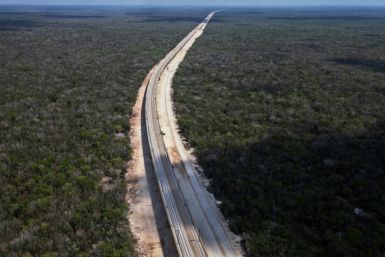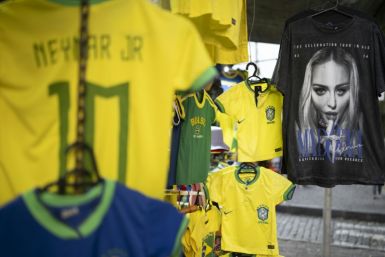Liquid Robotics, Google Earth and Virgin Oceanic Set to Conquer the Pacific with the Wave Glider (Slideshow)
Sure, NASA has sent a robot to Mars to take some pictures of the red planet but there is a severe lack of sea-faring robots exploring what hides beneath the waves. This robotic ocean vessel from Liquid Robotics called Wave Gliders, is the equivalent of Google's fleet of cars and pedicabs for their Streetview, only wetter.
Liquid Robotics has launched four Wave Glider unmanned robots to chart the pacific last Nov. 17 2011 in San Francisco. It is their answer for the PacX Challenge, sponsored by Google Earth and Virgin Oceanic, where their findings will be available in Google Earth instantly for the public. The challenge in PacX is to cross the pacific, providing data about the ocean on it. The other participant of the challenge is Virgin Oceanic partnering along with Liquid Robotics to map out the Marianas Trench, the deepest point of the world.
The Wave Gliders, according to Liquid Robotics, is "the perfect storm of electronics and satellite communication." Above water level, the robot looks just like a surfboard with solar panels but like an iceberg, most of it is under water. 22 feet below the board is the main propulsion system of the robot. A set of wings functioning as fins moves the robot to any direction it is programmed. The whole robot is powered by solar power and tidal motion making it a completely autonomous system.
Each robot has the following four sensors to equipped to it: GPCTD with Dissolved Oxygen Sensor from Seabird, MOSE-G Directional Wave Sensor from Datawell, PB200 WeatherStation from Airmer and C3 Submersible Fluorometer from Turner Designs.
The PacX Challenge starts from San Francisco and going to Hawaii, from there they will be split into two teams where each team makes a watery journey to Japan and Australia. At the end of the challenge, the robots will gain the Guiness world record for the longest voyage completed by an unmanned ocean vessel by crossing the biggest ocean in the world, the Pacific Ocean.
There are four teams in charge of one Wave Glider. Team Japan is composed of team Piccard Maru and Fontaine Maru while Team Australia is composed of Team Benjamin and Team Papa Mau.
The ocean is still yet to be explored with only 5% of it explored. The Wave Gliders is perfect for the task because it replaces pricey research vessels and crew with an autonomous robots with their own power systems. Robotic drones like the Wave Gliders are 100 times cheaper than a research vessel, so for the funding it takes to launch a research vessel, scientists can launch a hundred or more Wave Gliders.
The funding for the project, according to Bloomberg, came from investors like Vantage Point Capital Partners and Schlumberger, an oilfield services company withextensive offshore drilling operations. The project is understandably is of very high interest for the oil and gas industry especially that they are highly valued customers for Liquid Robotics. With their technology, it would be easier to probe into oceans for possible oil wells.






